Industrial Automation
Industrial automation refers to the use of technology and control systems to manage and streamline industrial processes, with the aim of improving efficiency, productivity, safety, and reliability. The application of automation technology can include various types of hardware and software systems, including sensors, control systems, and programmable logic controllers (PLCs), as well as advanced technologies such as artificial intelligence and machine learning.
Some examples of industrial automation include:
- Assembly line automation: where robots and other machines are used to perform repetitive and labor-intensive tasks in manufacturing, such as welding, painting, and assembly.
- Process control automation: where sensors and control systems are used to monitor and control various industrial processes, such as chemical reactions, temperature control, and pressure regulation.
- Material handling automation: where conveyors, automated guided vehicles (AGVs), and other systems are used to transport materials and products through a facility.
The benefits of industrial automation include increased productivity, reduced labor costs, improved safety, and the ability to perform tasks that would be impossible or impractical for humans. However, automation can also lead to job displacement and require significant investment in equipment and training.
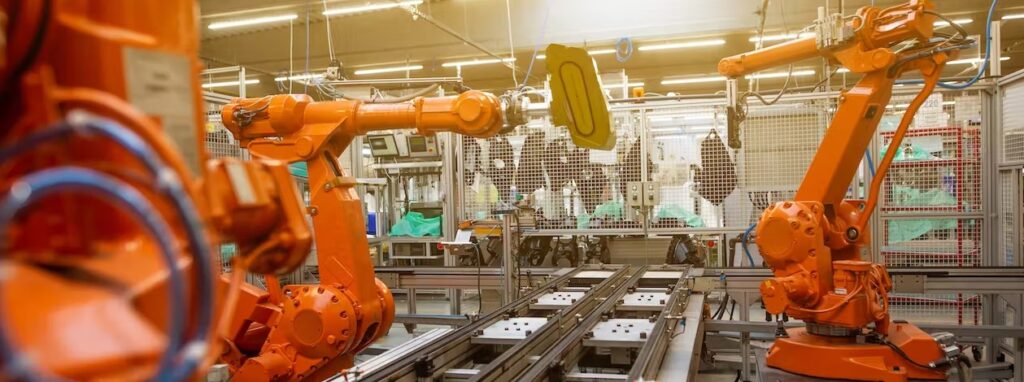
Industrial automation refers to the use of technology and control systems to automatically operate and control industrial processes, machinery, and equipment. The goal of industrial automation is to increase efficiency, accuracy, and productivity while reducing costs, errors, and risks associated with human intervention.
Automation in industry typically involves the use of sensors, controllers, and software to monitor and control various aspects of the production process. For example, sensors can be used to measure temperature, pressure, or other variables, and controllers can use this information to adjust the operation of machinery or equipment to maintain optimal performance.
Industrial automation can be applied to a wide range of industries, including manufacturing, logistics, energy, and agriculture, among others. Some common examples of industrial automation include robotic assembly lines, automated warehouse systems, and self-driving vehicles.
Overall, industrial automation has the potential to revolutionize the way industries operate and provide significant benefits in terms of efficiency, safety, and productivity. However, it also raises concerns about the impact on jobs and the need for new skills and training to support a more automated workforce.
Industrial Automation Parts
Industrial automation systems typically consist of several different components that work together to automate industrial processes. Some of the common parts of an industrial automation system include:
- Sensors: Sensors are devices that detect and measure physical properties such as temperature, pressure, humidity, or position. They provide input to the control system, allowing it to monitor and adjust the production process.
- Programmable Logic Controllers (PLCs): PLCs are specialized computers that control industrial equipment and processes. They use programming logic to monitor sensors and make decisions about how to adjust the operation of machinery or equipment.
- Human Machine Interfaces (HMIs): HMIs are devices that allow operators to interact with the industrial automation system. They can display data, provide control options, and alert operators to potential issues or alarms.
- Actuators: Actuators are devices that convert electrical or pneumatic signals from the control system into physical movement, such as opening or closing a valve, starting or stopping a motor, or moving a robotic arm.
- Industrial Robots: Industrial robots are automated machines that can be programmed to perform a wide range of tasks, such as assembly, painting, welding, or material handling.
- Motors: Motors are devices that convert electrical energy into mechanical energy to power machinery and equipment. They are often controlled by the automation system to adjust their speed or torque.
- Communication Networks: Communication networks connect the various components of the industrial automation system, allowing them to exchange data and coordinate their actions. This can include Ethernet, Modbus, or other protocols.
These are just some of the common parts of an industrial automation system. The specific components used will depend on the requirements of the particular industrial process being automated.
Sensors
Sensors are devices that detect and measure physical properties such as temperature, pressure, humidity, or position. In industrial automation, sensors are a critical part of the control system, providing feedback to the system about the performance of the process or equipment being monitored. There are many different types of sensors used in industrial automation, including:
- Temperature sensors: These sensors measure the temperature of a process or equipment, such as a furnace or an industrial oven. They can be used to regulate the temperature, turn equipment on or off, or sound an alarm if the temperature goes outside of a set range.
- Pressure sensors: Pressure sensors are used to measure the pressure of gases or liquids, such as in a pipeline or tank. They can be used to detect leaks, control pressure, or monitor for changes in pressure that could indicate a problem.
- Flow sensors: Flow sensors measure the rate of flow of gases or liquids, such as in a chemical process or water treatment plant. They can be used to regulate flow, monitor for blockages, or control the volume of material being processed.
- Position sensors: Position sensors detect the position of equipment or parts within a process, such as the position of a robotic arm or a conveyor belt. They can be used to ensure precise positioning, monitor for malfunctions, or trigger other processes when a certain position is reached.
- Proximity sensors: Proximity sensors detect the presence or absence of an object without physical contact. They can be used to monitor the movement of equipment or products, detect the presence of a material, or trigger an alarm if an object gets too close to a dangerous area.
- Photoelectric sensors: Photoelectric sensors use light to detect the presence or absence of an object. They can be used to monitor for product quality, detect packaging or label placement, or trigger other processes when an object is in a specific location.
These are just a few examples of the many different types of sensors used in industrial automation. The specific type of sensor used will depend on the requirements of the process being monitored and controlled.
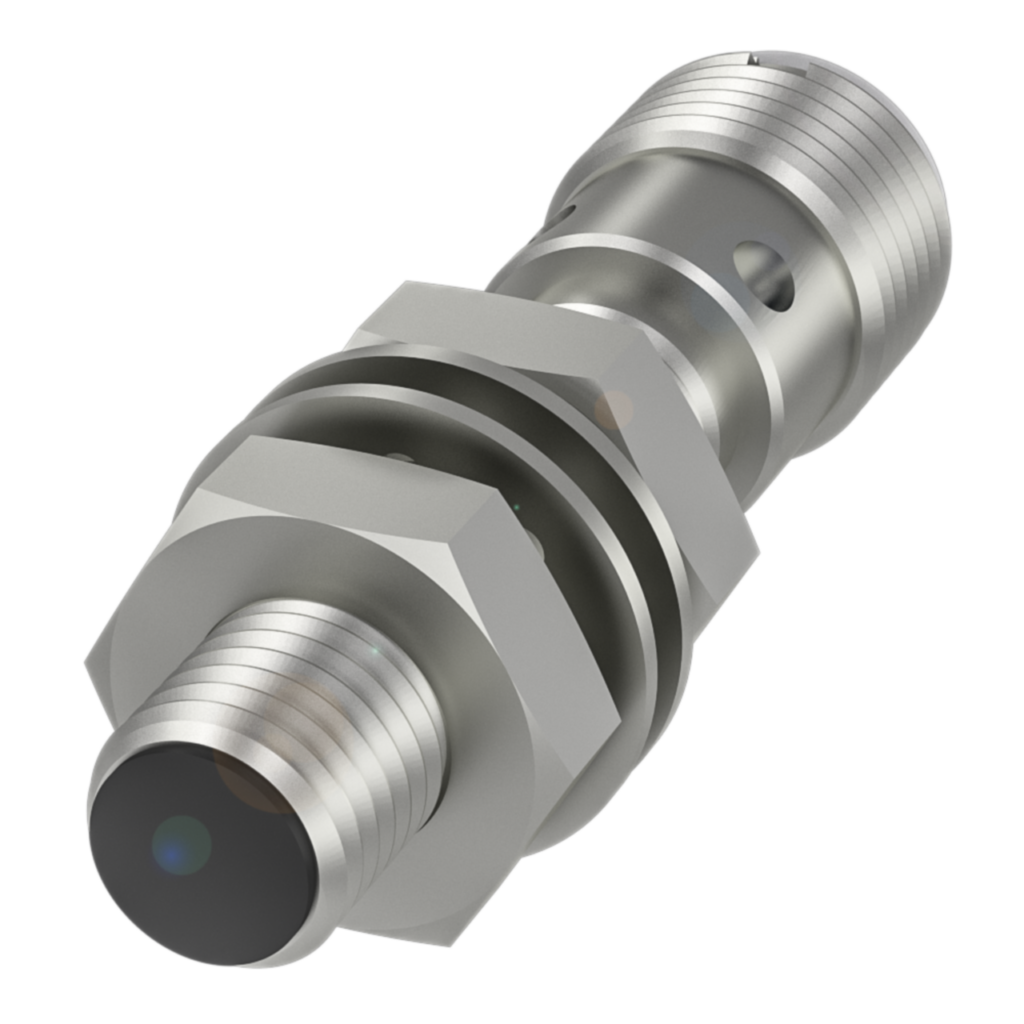
Programmable Logic Controllers (PLCs)
Programmable Logic Controllers (PLCs) are specialized computers used in industrial automation to control the operation of equipment and processes. PLCs are designed to operate in harsh industrial environments and can withstand dust, moisture, and temperature variations.
PLCs consist of a central processing unit (CPU), input/output (I/O) modules, memory, and programming software. The CPU is the brain of the PLC, where instructions are processed and the operation of the equipment or process is controlled. The I/O modules are used to interface with the sensors and actuators, which provide feedback on the process being monitored and control the operation of the equipment.
PLC programming software allows the user to develop a program that specifies how the PLC will operate. The program is typically written in ladder logic, a graphical programming language that uses symbols to represent the various inputs, outputs, and logic operations.
PLCs offer several advantages over traditional relay-based control systems, including:
- Flexibility: PLCs can be easily reprogrammed to adapt to changes in the production process or to implement new features or functions.
- Scalability: PLCs can be easily expanded by adding more I/O modules, allowing the system to grow as the production process expands.
- Reliability: PLCs are designed to operate in harsh industrial environments and can withstand temperature variations, dust, and moisture.
- Safety: PLCs can be programmed to monitor for unsafe conditions, such as over-temperature or over-pressure, and can shut down the equipment or process to prevent damage or injury.
PLCs are used in a wide range of industrial applications, including manufacturing, energy, transportation, and building automation. They are a critical part of modern industrial automation systems, enabling greater efficiency, accuracy, and productivity in industrial processes.

Human Machine Interfaces (HMIs)
Human Machine Interfaces (HMIs) are devices that allow operators to interact with the industrial automation system. HMIs provide a graphical user interface (GUI) that displays information about the production process, allows operators to monitor the operation of equipment, and provides control options to adjust the process.
HMIs can be hardware devices or software applications that run on a computer or mobile device. Some common types of HMIs include:
- Operator Panels: Operator panels are hardware devices that typically have a touchscreen display and are installed near the equipment being monitored. They allow the operator to view real-time data about the equipment or process, and provide control options to make adjustments or change settings.
- Personal Computers: Personal computers can be used as HMIs, running specialized software applications that provide a graphical user interface for the operator. They can be connected to the automation system via a network connection or other interface.
- Mobile Devices: Mobile devices such as tablets or smartphones can also be used as HMIs, running specialized applications that allow operators to monitor the production process or equipment from anywhere within the facility.
HMIs can provide a wide range of functions, including:
- Monitoring: HMIs allow operators to view real-time data about the production process or equipment, such as temperature, pressure, or flow rates. This information can be used to detect problems, identify areas for improvement, or optimize the process.
- Control: HMIs provide control options to adjust the process or equipment, such as changing temperature set points or adjusting the speed of a motor. This allows operators to make adjustments in real-time to optimize the process or equipment.
- Alarming: HMIs can be configured to sound an alarm or send a notification to operators when certain conditions are met, such as a critical temperature or pressure threshold being exceeded. This allows operators to take immediate action to prevent damage or injury.
HMIs are an essential part of modern industrial automation systems, providing operators with the tools they need to monitor and control the production process in real-time.
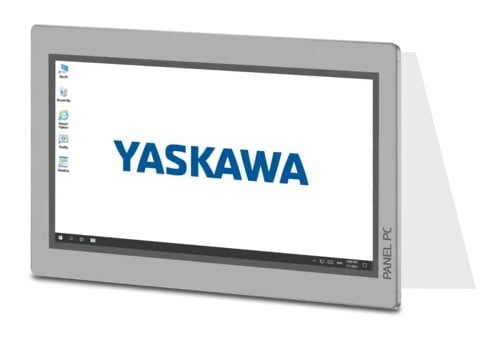
Actuators
Actuators are devices that convert energy into mechanical motion to control the operation of equipment in industrial automation systems. Actuators can be electric, hydraulic, pneumatic, or mechanical, and are used to control the movement or position of valves, dampers, motors, and other mechanical components.
Electric actuators use an electric motor to generate mechanical motion. They are commonly used in applications where precise positioning is required, such as in robotics, conveyor systems, and precision machining. Electric actuators are often used in conjunction with feedback sensors, such as encoders or potentiometers, to provide closed-loop control and ensure accurate positioning.
Hydraulic actuators use a liquid, typically oil, to generate mechanical motion. They are commonly used in heavy-duty applications where high force is required, such as in heavy equipment or large valves. Hydraulic actuators can be configured for linear or rotary motion and are often used in conjunction with control valves to regulate the flow of fluid and control the speed and direction of the actuator.
Pneumatic actuators use compressed air to generate mechanical motion. They are commonly used in applications where fast, responsive movement is required, such as in machine tools or packaging equipment. Pneumatic actuators are often used in conjunction with control valves to regulate the flow of air and control the speed and direction of the actuator.
Mechanical actuators use a mechanical linkage to generate motion, such as a lever, cam, or screw. They are often used in applications where simplicity and low cost are important, such as in automotive or appliance manufacturing.
Actuators play a critical role in industrial automation systems, allowing operators to control the movement and position of equipment with precision and speed. They are used in a wide range of applications, from simple on/off control of valves to precise positioning of robotic arms.
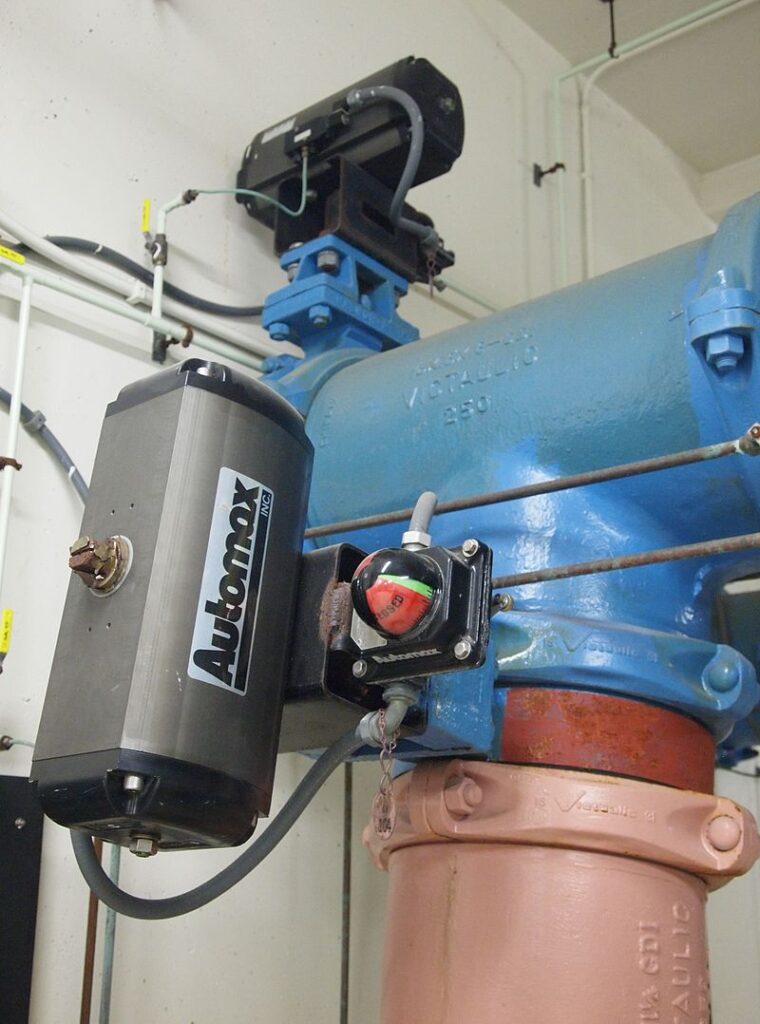
Industrial Robots
Industrial robots are specialized machines designed to perform repetitive, high-precision tasks in industrial automation systems. They can be programmed to perform a wide range of operations, from welding and painting to assembly and material handling.
Industrial robots typically consist of a mechanical arm, which can be articulated or linear, and a control system that allows the robot to be programmed and operated. The mechanical arm is made up of a series of joints that can be moved independently, allowing the robot to reach and manipulate objects in three-dimensional space. The control system includes software that allows the robot to be programmed to perform specific tasks, as well as sensors that provide feedback on the position and status of the robot and the objects it is manipulating.
Industrial robots can be used in a wide range of applications, including:
- Material Handling: Industrial robots can be used to move and manipulate raw materials, work-in-progress, and finished products throughout the manufacturing process.
- Assembly: Industrial robots can be programmed to assemble components or products, such as assembling automotive parts or electronic devices.
- Welding: Industrial robots can be used to perform welding operations, such as arc welding, spot welding, or laser welding.
- Painting: Industrial robots can be used to apply paint or other coatings to products, such as automotive bodies or aircraft parts.
- Inspection: Industrial robots can be used to inspect products for defects or quality control, using sensors to detect deviations from specified tolerances.
Industrial robots offer several advantages over traditional human-operated machines, including:
- Speed: Industrial robots can perform operations faster and more consistently than humans, leading to increased productivity and reduced cycle times.
- Precision: Industrial robots can perform operations with high precision, ensuring consistent quality and reducing errors and defects.
- Safety: Industrial robots can be used to perform operations in hazardous or dangerous environments, reducing the risk of injury or harm to human operators.
- Flexibility: Industrial robots can be programmed to perform a wide range of tasks, making them ideal for applications that require frequent changeovers or customization.
Industrial robots are a critical part of modern industrial automation systems, enabling greater efficiency, productivity, and safety in manufacturing and other industrial processes.
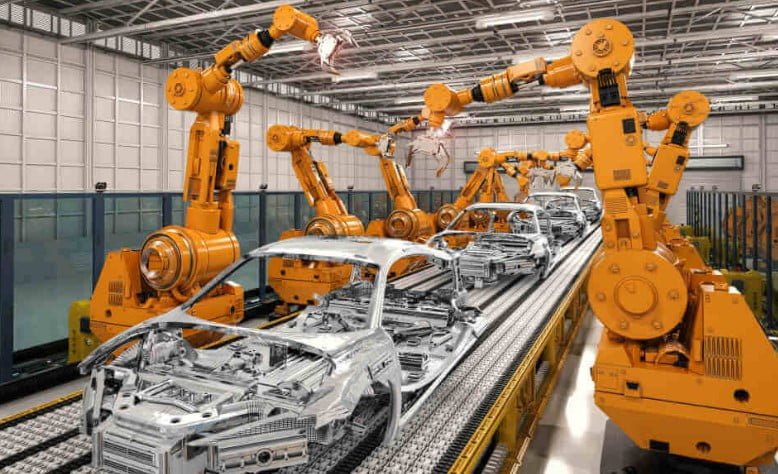
Motors
Motors are devices that convert electrical energy into mechanical energy to drive the movement of machines and equipment in industrial automation systems. They can be electric, hydraulic, or pneumatic and are used in a wide range of applications, from powering conveyor belts to driving pumps and fans.
Electric motors are the most common type of motor used in industrial automation systems. They work by converting electrical energy into mechanical energy through the interaction of a magnetic field and electric current. The two most common types of electric motors are AC motors and DC motors.
AC motors are used in applications where a constant speed is required, such as in fans or pumps. They are simpler and less expensive than DC motors and are available in a wide range of sizes and power ratings.
DC motors are used in applications where variable speed control is required, such as in robotics or machine tools. They can be controlled more precisely than AC motors and can provide high torque at low speeds, making them ideal for high-precision applications.
Hydraulic and pneumatic motors are used in applications where electrical power is not available or practical. They work by converting hydraulic or pneumatic pressure into rotational motion to drive the movement of machinery or equipment. They are often used in heavy-duty applications, such as in construction equipment or mining machinery.
Motors play a critical role in industrial automation systems, providing the power and movement necessary to drive machinery and equipment. They can be controlled through a variety of methods, including on/off switches, speed controls, and programmable logic controllers (PLCs). The selection of the appropriate motor for a given application depends on factors such as power requirements, speed, and torque, as well as the specific requirements of the machinery or equipment being driven.
Communication Networks
Communication networks are an essential component of industrial automation systems, enabling devices and equipment to communicate with each other and with central control systems. These networks provide a means of transmitting data and information in real-time, enabling more efficient and coordinated operation of industrial processes.
There are several types of communication networks used in industrial automation systems, including:
- Fieldbus Networks: Fieldbus networks are used to connect devices and sensors to a central control system, enabling real-time monitoring and control of industrial processes. Fieldbus networks use a variety of protocols, including DeviceNet, Profibus, and Modbus.
- Industrial Ethernet: Industrial Ethernet is a specialized version of the Ethernet protocol used in industrial automation systems. Industrial Ethernet enables high-speed data transfer between devices and control systems, and is used in a wide range of applications, from machine control to process automation.
- Wireless Networks: Wireless networks are used in applications where it is difficult or impractical to run cables, such as in remote monitoring or mobile applications. Wireless networks use a variety of protocols, including Wi-Fi, Bluetooth, and Zigbee.
- Human-Machine Interface (HMI) Networks: HMI networks are used to connect operator interface devices, such as touchscreens or displays, to the central control system. HMI networks use a variety of protocols, including Profibus-DP and Ethernet/IP.
- Internet of Things (IoT) Networks: IoT networks are used to connect devices and sensors to the internet, enabling real-time monitoring and control of industrial processes from anywhere in the world. IoT networks use a variety of protocols, including MQTT, CoAP, and AMQP.
The selection of the appropriate communication network for a given industrial automation system depends on factors such as the size and complexity of the system, the type of data being transmitted, and the specific requirements of the devices and equipment being connected. Effective communication networks are critical to the success of industrial automation systems, enabling more efficient and coordinated operation of industrial processes and leading to increased productivity and reduced costs.
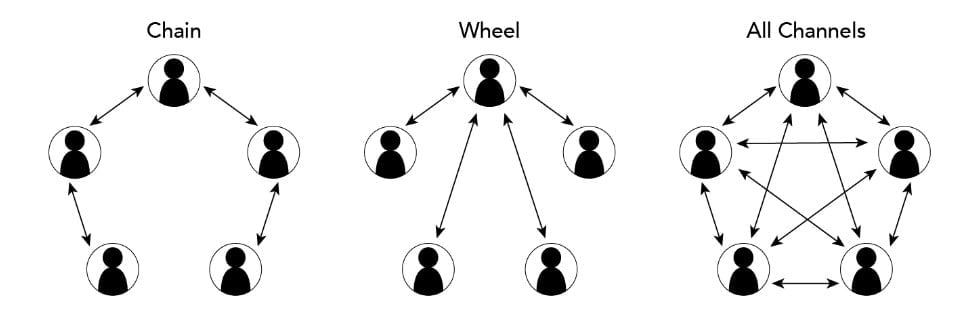
Why Need To Industrial Automation ?
There are several reasons why industrial automation is needed in modern manufacturing and industrial processes. Here are a few of the most important:
- Increased Efficiency: Industrial automation allows for the use of machines and equipment that are much faster and more accurate than human workers, resulting in increased productivity and reduced production time. Automation can also help reduce the number of errors and defects, which can lead to cost savings and increased customer satisfaction.
- Improved Safety: Automation can help reduce the risk of workplace accidents and injuries, as it eliminates the need for workers to perform dangerous or repetitive tasks. Automation can also help reduce exposure to hazardous materials, such as chemicals or radiation.
- Consistency and Quality Control: Automated systems can perform tasks with a high level of consistency, leading to improved product quality and reduced waste. Automation can also help to monitor and control key process parameters, such as temperature, pressure, and humidity, ensuring that products are manufactured to the required specifications.
- Increased Flexibility: Industrial automation systems can be easily reconfigured and adapted to new processes or products, providing greater flexibility in production. This can help manufacturers respond more quickly to changes in demand, allowing them to produce a wider variety of products and adapt to changing market conditions.
- Cost Savings: By reducing labor costs, improving efficiency, and reducing waste, industrial automation can help reduce production costs and increase profitability. Automation can also help to reduce maintenance costs, as automated systems require less routine maintenance than traditional systems.
Overall, industrial automation provides many benefits to manufacturers and industrial processes, including increased efficiency, improved safety, greater consistency and quality control, increased flexibility, and cost savings. As a result, automation is becoming increasingly common in many industries, and is expected to continue to grow in importance in the coming years.


